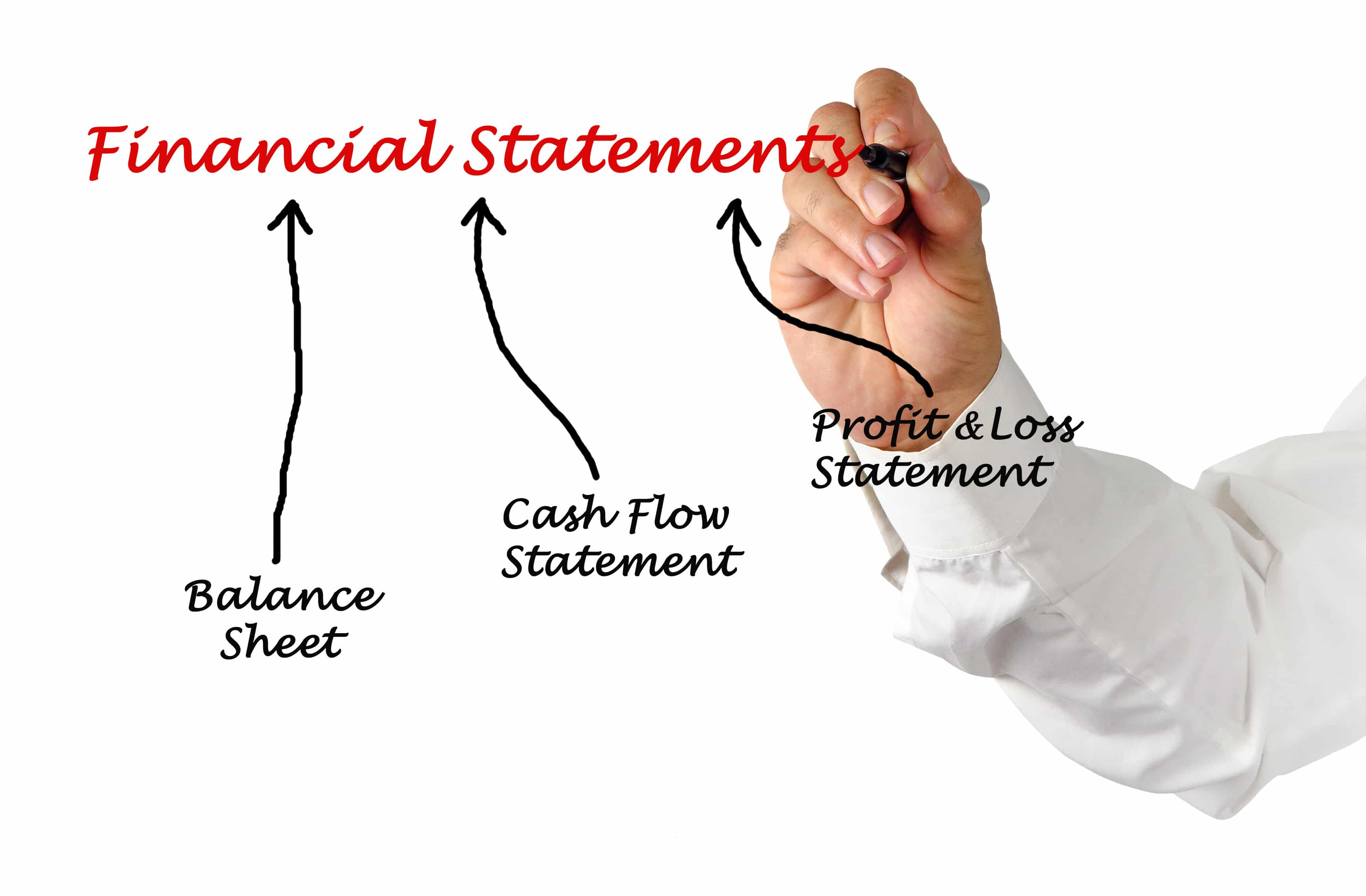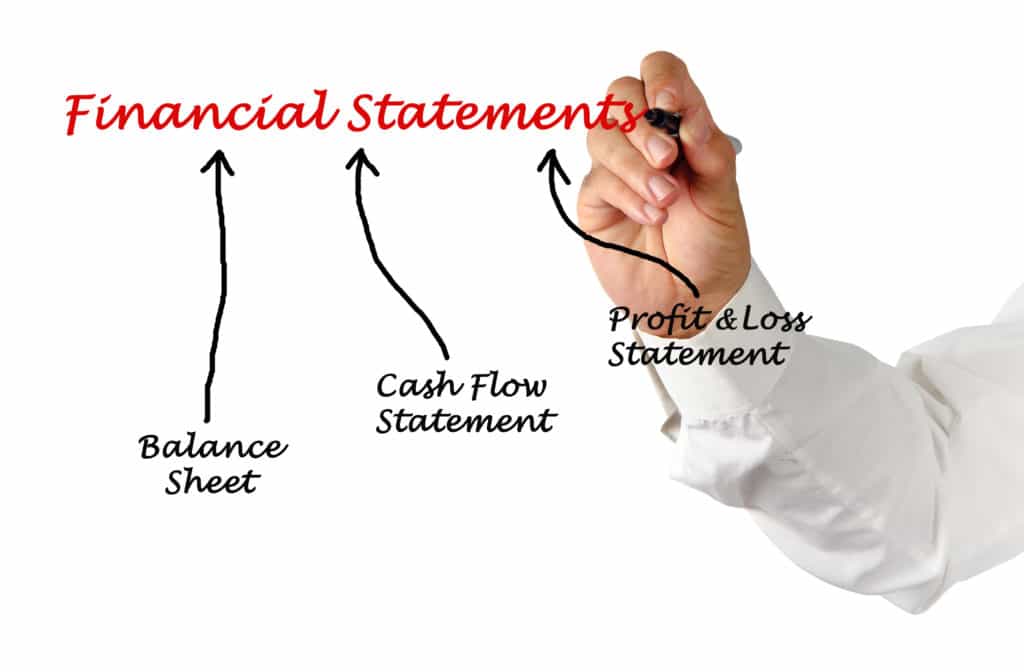
Tick and Tie Financial Statements
By Charles Hall | Accounting and Auditing
What are the steps to tick and tie financial statements?
You may be wondering what “tick and tie” means. It refers the action an accountant performs when he agrees one financial statement number to another. For example, the accountant can compare total assets with total liabilities and equity–they should be the same. If they are not, something is wrong. This is the purpose of ticking and tieing numbers: to ensure that the financial statements are correct. Accountants also compare financial statement numbers with note disclosures or to supplementary information. Again, many such numbers should agree.
Financial statements come in a wide variety of presentation formats depending on the industry and the requirements of the financial reporting framework (e.g., generally accepted accounting principles). Below I provide common numbers that accountants tick and tie (agree), assuming the financial statements include:
- Balance sheet
- Income statement
- Statement of changes in equity
- Cash flow statement
The Accounting Equation
Keep in mind the accounting equation: Total Assets = Total Liabilities + Total Equity. All three (total assets, total liabilities, total equity) appear on the balance sheet.
Also, remember that net income–which appears on the income statement–is the result of subtracting expenses from revenues. In equation form, the formula is Net Income = Revenues – Expenses.
Tic and Tie Examples
Here are the numbers that should agree:
- Total assets equals total liabilities and equity (the balance sheet includes each of these)
- Net income on the income statement should agree with net income on the statement of changes in equity
- Net income on the income statement should agree with the first line on the cash flow statement (assuming the indirect method is used to prepare the cash flow statement)
- The last line of the cash flow statement is cash; this period-end cash balance should agree with the cash balance on the balance sheet
- The last line(s) of the statement of changes in equity (the period-end equity balance) should agree with the equity balance(s) on the balance sheet
- A statement of changes in equity can include multiple columns for each category of equity (e.g., retained earnings, common stock, paid-in capital); each of the ending equity balances should agree with the equity shown on the balance sheet
- Any payments made to the owners (e.g., distributions) appear on the statement of changes in equity and should agree with the same amount on the cash flow statement (in the financing section of the cash flow statement)
- If the cash flow statement is comparative (e.g., two-year presentation), the ending cash for the prior year should agree with the beginning cash balance in the current year
- If the financial statements contain notes, some disclosure numbers will agree with financial statement balances (e.g., the receivables note disclosure will usually include total receivables; this figure should agree with the receivable line on the balance sheet)
- The plant, property, and equipment note will typically include total depreciation expense for the year; this depreciation expense number should agree with the cash flow statement depreciation line (assuming the cash flow statement is shown using the indirect method)
- Supplementary information (e.g., a detail of other expenses) should agree with the other expense line on the income statement
Closing Thoughts
The above list of tick-and-tie numbers is not comprehensive. There are too many variations in financial statement presentations to provide a full universal list. But, hopefully, this helps.


